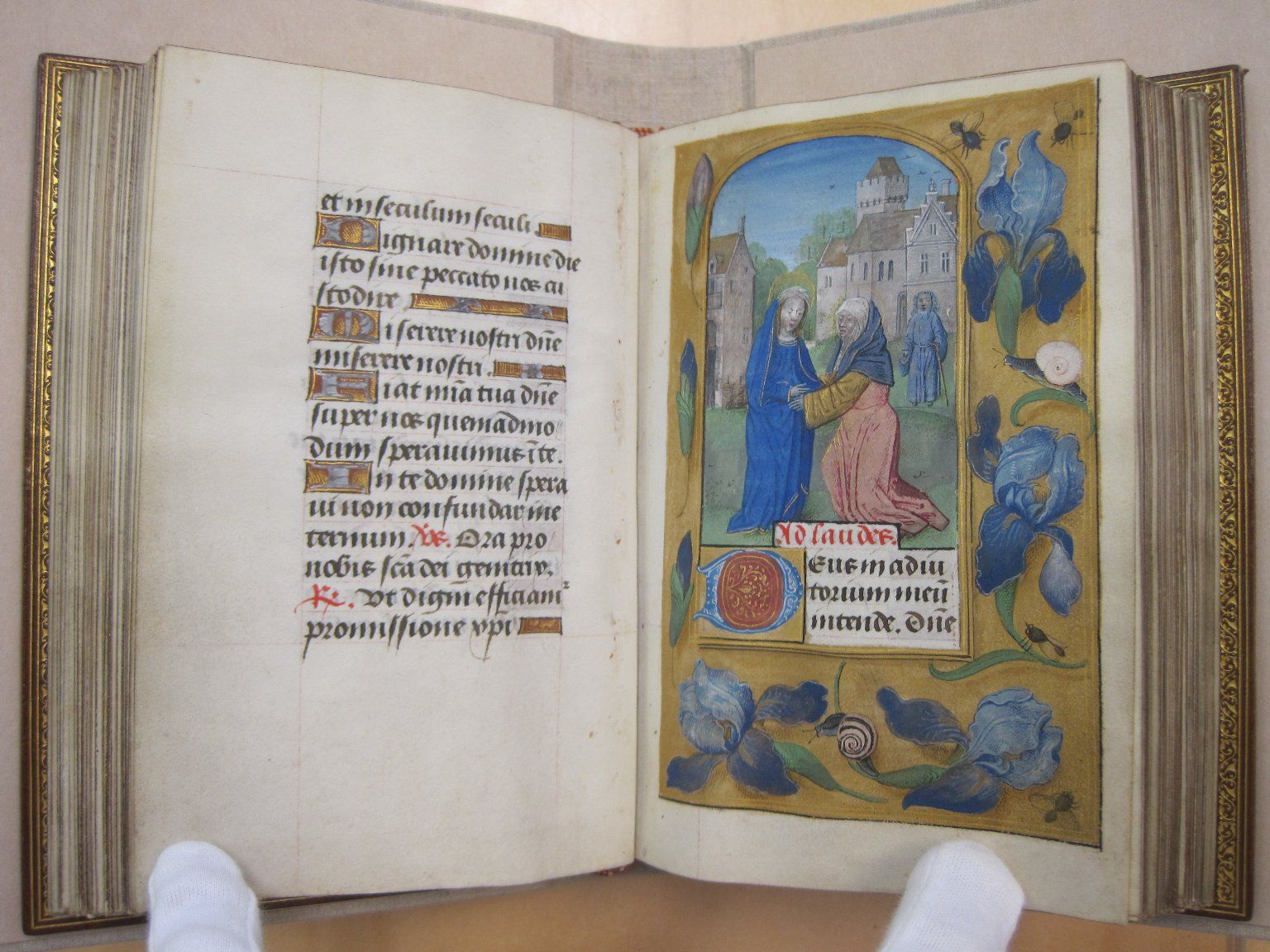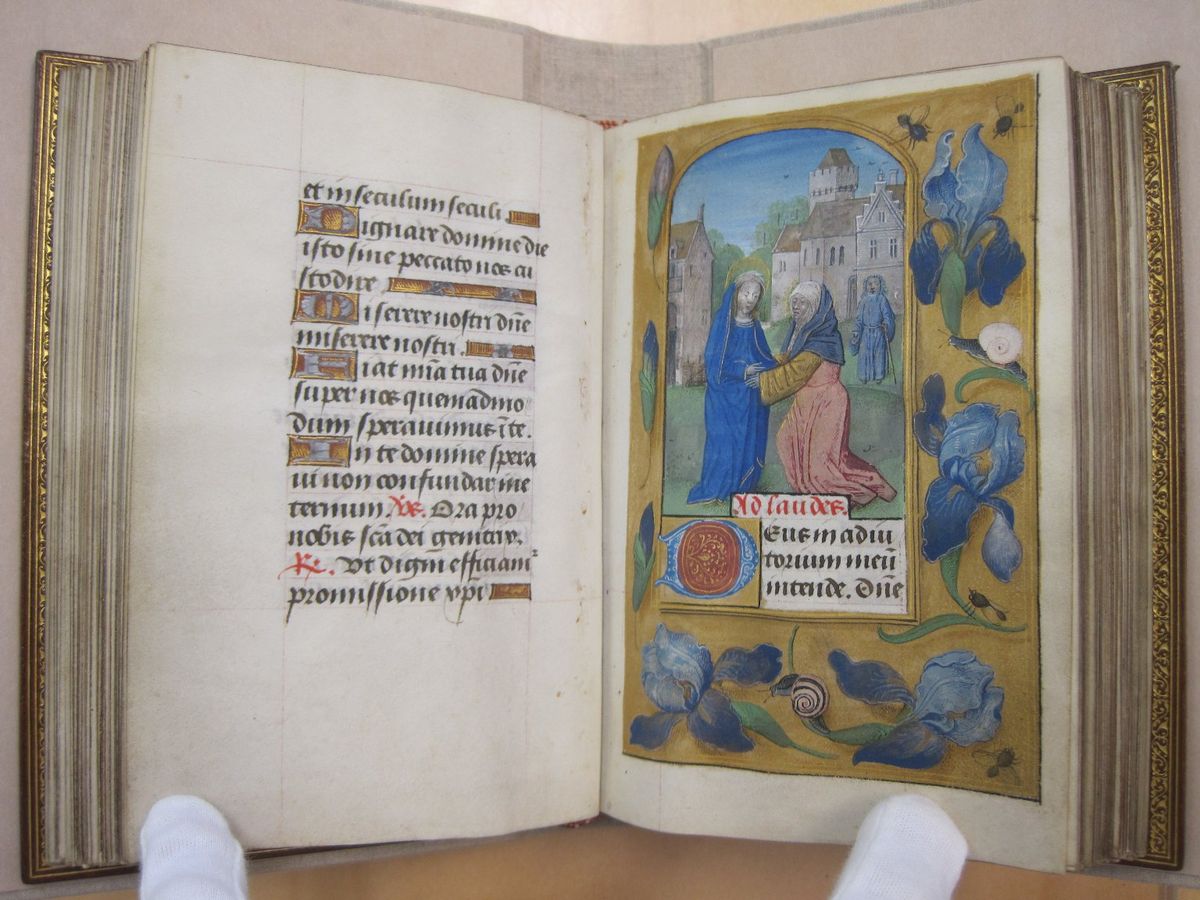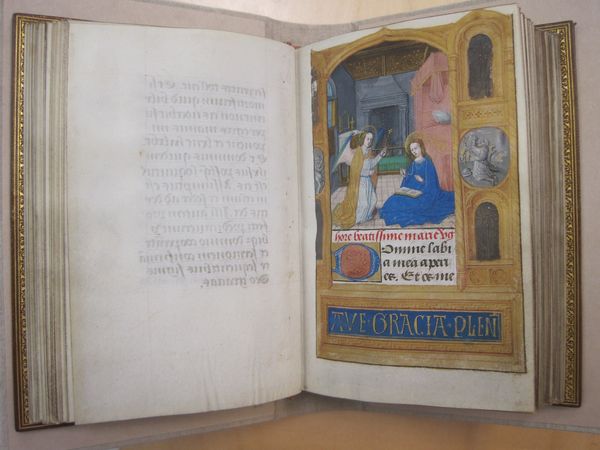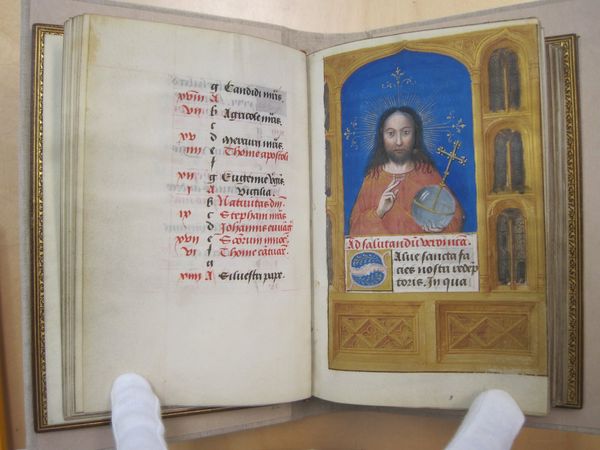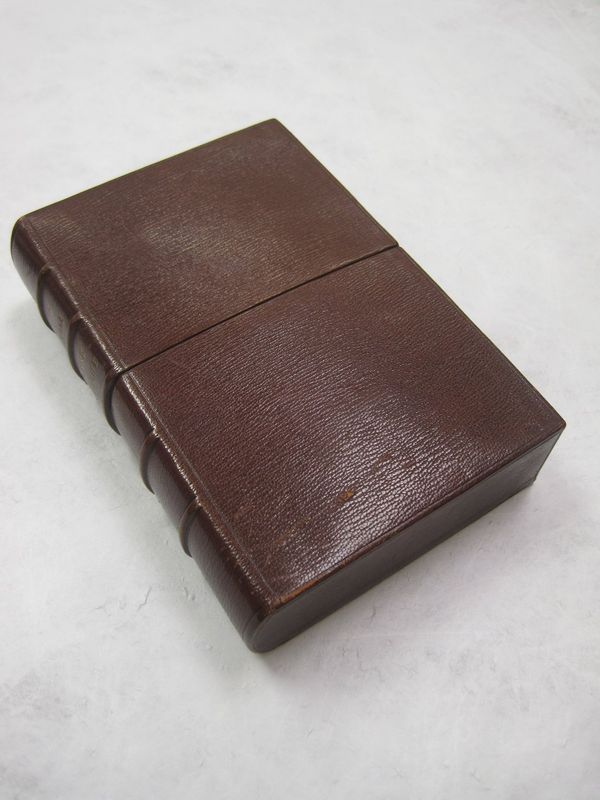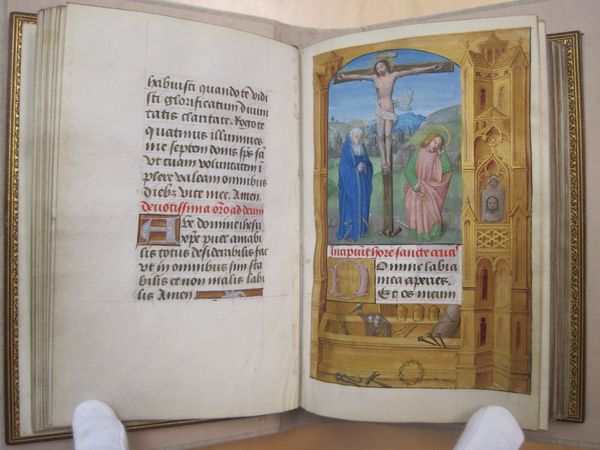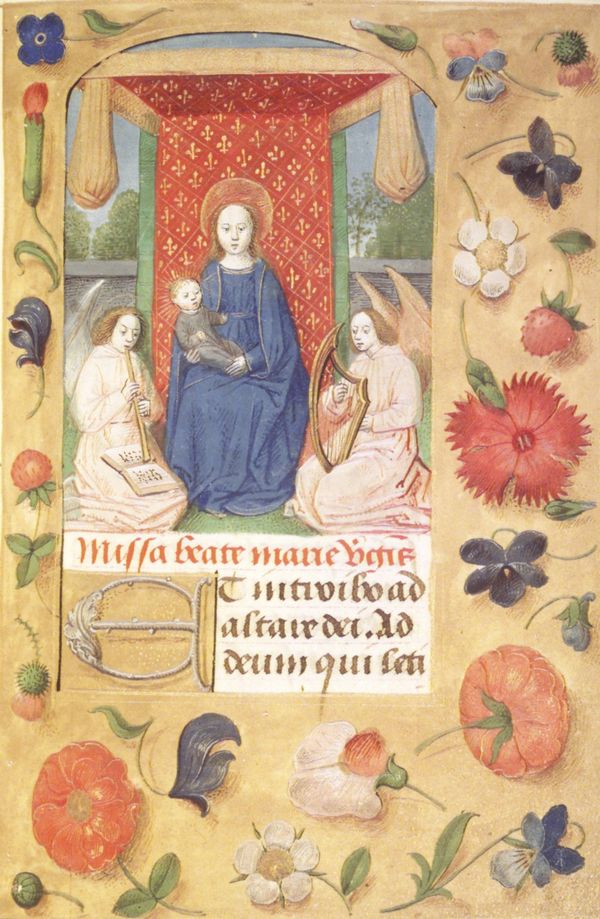About the Image:
This is a beautifully detailed page in a Book of Hours, specifically the "Horae Beatae Mariae Virginis." These books, predominantly used during the late Middle Ages into the Renaissance, were Christian devotional books primarily for laypeople. They typically contained prayers, Psalms, and Gospel lessons to be recited at specific canonical hours of the day.
Here's a detailed analysis of the spread:
Main Scene: The central illustration portrays the "Visitation," a moment in Christian teachings when the Virgin Mary, pregnant with Jesus, visits her cousin Elizabeth, who is also miraculously pregnant with John the Baptist. Elizabeth, upon feeling the baby leap in her womb, recognizes the importance of Mary's child and the event signifies the acknowledgment of Jesus even before his birth. The two women are shown in a tender moment of embrace, acknowledging the significance of their respective pregnancies.
Setting: The background setting is detailed with a medieval townscape, which is typical of many artworks from this period. The architectural elements provide depth and context to the scene.
Border Decorations:
- Floral Motifs: These are not just mere decorations; they carry symbolic meanings. The flowers could represent purity, divine love, and the fleeting nature of life.
- Snails: The presence of snails in religious manuscripts might seem peculiar, but they were sometimes used in medieval art to symbolize the slow progress of the righteous on the path to salvation or as a sign of laziness or even evil.
- Birds: Birds, especially in the margins of religious texts, can have various interpretations. They might symbolize the soul, divine messages, or simply be decorative elements inspired by nature.
Text: The Latin text on the left side of the spread contains fragments of prayers or scriptures. These are rendered in a Gothic script, with illuminated initial letters that are intricately designed and colored. These decorated initials served as visual markers for important sections or passages.
The vivid colors, especially the deep blues and gold, as well as the intricate detailing, emphasize the skill of the manuscript's artist and the importance of the book not just as a devotional tool but also as a work of art. Such manuscripts were painstakingly created, often taking months or even years to complete, and they are a testament to the dedication and craftsmanship of medieval artists and scribes.
